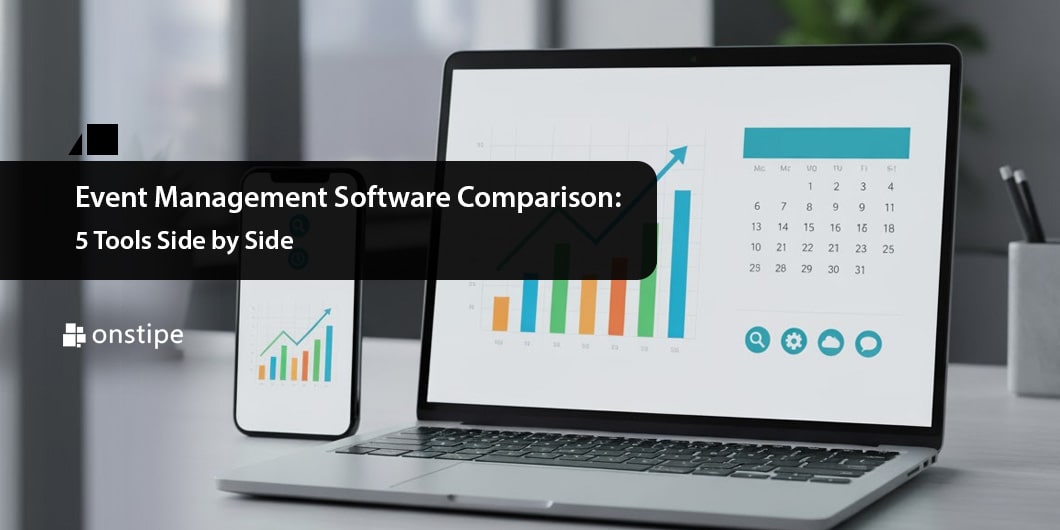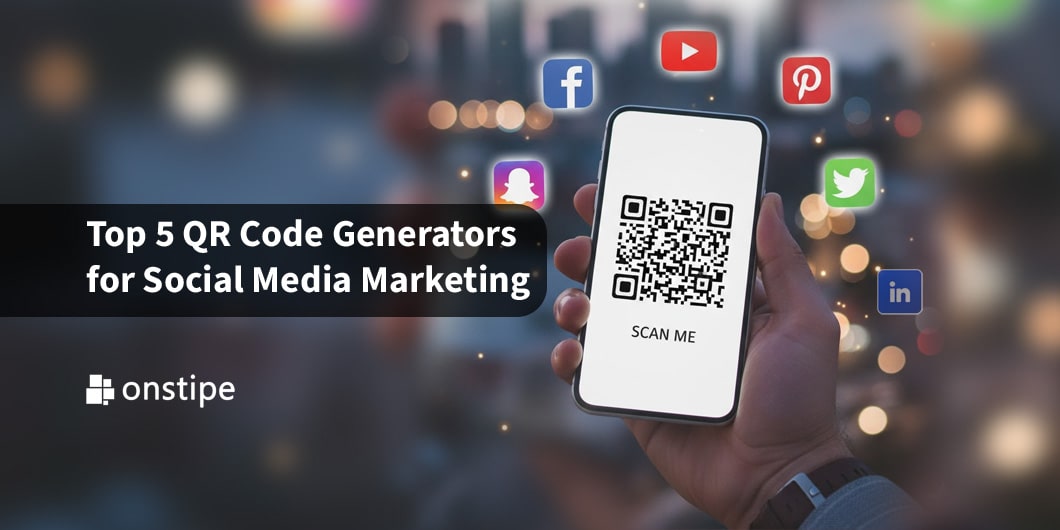So, you’ve got knowledge. Maybe you’re super good at marketing, fixing cars, playing the guitar, whatever. Just having that knowledge isn’t enough. To really make that useful, you need to “package” it. Think of it like this: raw ingredients are good, but a finished cake is way better. This packaging can mean creating an online course, writing a book, building a coaching program, or even just making a really thorough blog. The whole point of this is to make it something other people can use, and usually pay for.
Starting By Understanding Customers
Before someone starts trying to just throw everything out there, it is very important to actually understand who the person on the other end really is. Find out who would value you, and what you know; then tailor everything to those specifics; this is what will get people to buy. Don’t start big here! Before getting too excited, start small; a smaller group will reveal more information that can actually be very beneficial.
Start building out a description of the average person who needs something you know. What are they struggling with? How can the skills you have actually help them? What does the step-by-step actually look like? After developing the person, figure out what they normally spend.
Organizing the Knowledge
After you have the ideal buyer set with all of their features, organize knowledge into a proper framework. A big mistake is thinking other people think like you do; this is not always true! A great method to package knowledge; consider how a beginner thinks. Begin here: start with the main concepts they obviously need, and organize lessons around them.
You absolutely have to break things down into smaller, easier steps to digest. Nobody wants to read a wall of text or hear a whole hour rant at once; be realistic about the information people can handle. The knowledge must also have a natural flow to it; without it people bounce.
Choosing The Right Format
So there are a ton of ways you could go here. One is writing a detailed how-to book. If you know the info, great! If not, there are resources like mixx.com that may be able to help, since that might have some great insight when it comes to packaging information into an article, guide, or something shorter that you could use in different places.
But maybe a video course is better? Video courses let the audience see everything visually; this can be very useful, and the videos can be released in portions over time. Or what about coaching? Private coaching can be personalized, which can be of much higher value due to the fact that you can customize everything for everyone. It has to fit the audience.
Selling Free Social Media
It is very tempting to buy Instagram followers to make the accounts seem bigger or more useful. This will absolutely cause the accounts to show up more, but buyers are often very savvy when it comes to spotting the real stuff from the fake stuff. More than that, this can also be found out by Instagram’s automation systems — then the account can get blocked.
This is especially something to think about given how sensitive the market is! Customers don’t want just a product or service, but to feel like they are part of an actual community. This means that honesty is really worth more in the long run, and building the community one person at a time will be the best bet.
Pricing Knowledge Like Experts
How do you value expert knowledge? Now you have to pick a price: it can be the hardest part. Price it too high, and people will just leave the service. You should consider all the extra services you have and how good the customer service is that is given, which can affect the amount the customers spend; this is very valuable!
First, find out what’s comparable in the market. Check out other similar places that deliver a similar product or service, and learn the range they cost, from high to low. Now, think about yourself from two perspectives: compare your business vs. the average customer. After considering both, you can now consider the pricing.
Maintaining and Adapting
Once this process works, now’s a new phase: it all needs to be adjusted to keep working. That means keeping up with the times, updating your content, getting feedback, and improving from the feedback from the clients. Knowledge changes, so should packaging. This has to continue to be in development to remain relevant.
Think about constantly asking this critical question over and over: Is THIS still worth that cost? Also, find new places to put your experience. Look for chances to reach more people, form partnerships; whatever works. Make sure every lesson or lesson learned also improves.
Conclusion
Packaging knowledge is more than just sharing what is inside your head; it’s about being smart, being organized, and constantly trying to be better. The people who can do those things will most likely find an opportunity, turn skills into actual income, and make lives permanently better for others. All of that makes that packaged information totally valuable.







